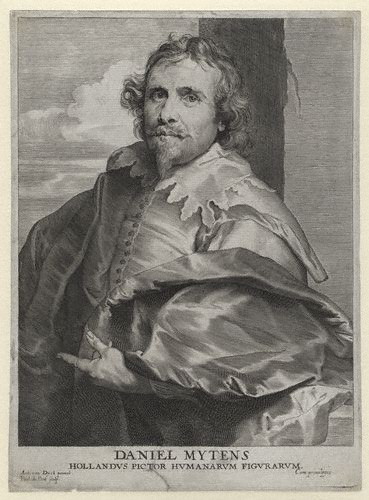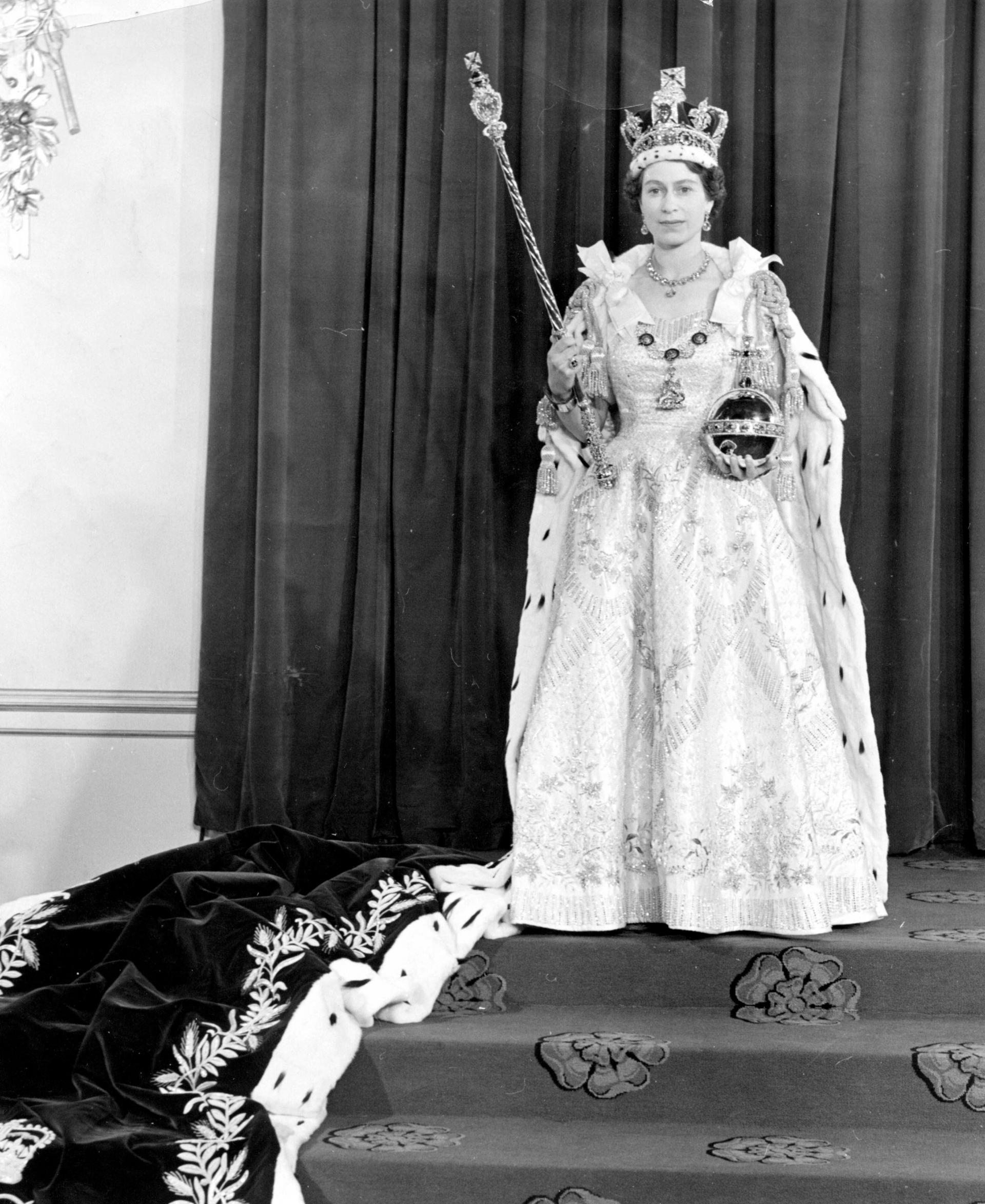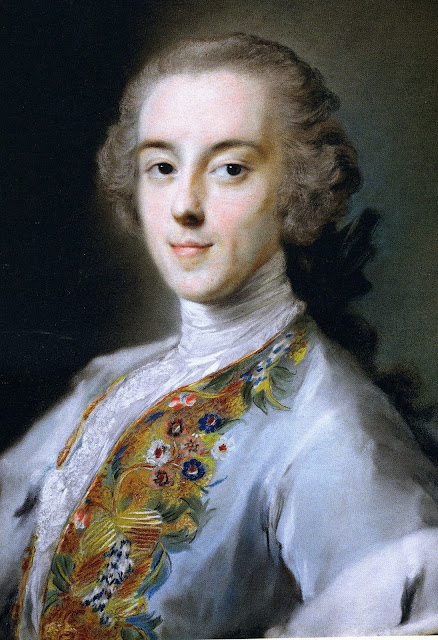|
Paul Van Somer I
Paul van Somer ( 1577 – 1621), also known as Paulus van Somer, was a Flemish artist who arrived in England from Antwerp during the reign of King James I of England and became one of the leading painters of the royal court. He painted a number of portraits both of James and his consort, Queen Anne of Denmark, and of nobles such as Ludovic Stewart, 2nd Duke of Lennox, Elizabeth Hastings, Countess of Huntingdon, and Lady Anne Clifford. He is sometimes designated as "Paul van Somer I" to distinguish him from the engraver of the same name who was active in England between 1670 and 1694. Life and career Paul van Somer is in some ways an elusive figure: not much is known about him, and his art is rarely written about;. According to Karel van Mander, he was the brother of Barend van Someren, who married and brought back the daughter of Aert Mijtens after he returned from Italy. [Baidu] |
Somer Francis Bacon
Somer (also ''de Somer'', ''van Somer'') is a surname, and may refer to: * Avo Sõmer (1934–2024), American musicologist, music theorist and composer * Eli Somer (born 1951), Israeli professor of clinical psychology * Gerard Somer (born 1943), Dutch football player and manager * Hendrick de Somer (1602–c.1655), Flemish painter * Henry Somer (c.1370–1450), English courtier and politician * Iryna Somer (born 1970), Ukrainian journalist * John Somer (died 1573), English cleric * John Somer (footballer) (1891–1939), Australian rules footballer * Mehmet Murat Somer (born 1959), Turkish author of crime fiction * Paul van Somer I (c.1577–1621), Flemish artist * Pieter De Somer (1917–1985), Belgian physician and biologist * Tarık Galip Somer (1926–1997), Turkish academic * Yanti Somer (born 1948), Finnish actress * Gorkem Somer (born 1977), Businessman, entrepreneur See also * Somers (surname) Somers is a surname. Notable people with the surname include: * Adeli ... [...More Info...] [...Related Items...] OR: [Wikipedia] [Google] [Baidu] |
Daniël Mijtens
Daniël Mijtens (; 1647/48), known in England as Daniel Mytens the Elder, was a Dutch Golden Age portrait painter belonging to a family of Flemish painters who spent the central years of his career working in England. Biography He was born in Delft, the son of Maerten Mijtens, an art dealer and saddler from Brussels (–1628), and Anneken Tyckmakers (died 1611). He was born into a family of artists and trained in The Hague, possibly in the studio of Michiel Jansz van Mierevelt. He was the nephew of the painter Aert Mijtens, the older brother of the painter Isaac Mijtens, and the father of the painter Daniel Mijtens the Younger.Daniel Mijtens in the No known work survives from his first Dutch period. By 1618, he had moved to [...More Info...] [...Related Items...] OR: [Wikipedia] [Google] [Baidu] |
Regalia
Regalia ( ) is the set of emblems, symbols, or paraphernalia indicative of royal status, as well as rights, prerogatives and privileges enjoyed by a sovereign, regardless of title. The word originally referred to the elaborate formal dress and accessories of a sovereign, but now it also refers to any type of elaborate formal dress. The word stems from the Latin substantivation of the adjective ''regalis'', "regal", itself from ''rex'', "king". It is sometimes used in the singular, ''regale''. In the abstract The term can refer to the rights, prerogatives, and privileges that are held exclusively by any sovereign, regardless of title (emperor, grand duke, etc.). An example of that is the right to mint coins, and especially coins that bear one's own effigy. In many cases, especially in feudal societies and generally weak states, such rights have in time been eroded by grants to, or usurpations by, lesser vassals. Royal dress, accessories, and associated pomp Some emblem ... [...More Info...] [...Related Items...] OR: [Wikipedia] [Google] [Baidu] |
John Rothenstein
Sir John Knewstub Maurice Rothenstein (11 July 1901 – 27 February 1992) was a British arts administrator and art historian. Biography John Rothenstein was born in London in 1901, the son of Sir William Rothenstein. The family was connected to the Bloomsbury Set. John Rothenstein attended Bedales School, studied at Worcester College, Oxford, and became friends with T. E. Lawrence. He shared rooms with novelist William Gerhardie. After serving as Director of Leeds City Art Gallery, he was appointed Director of Sheffield City Art Galleries (1933–38) where he oversaw the establishment and opening of the Graves Art Gallery. From 1938–64 Rothenstein was Director of the Tate Gallery in London. His father had been a trustee of the Tate up until a few years before and there were hints of nepotism in the appointment, especially as his father had telephoned the Chairman of the trustees in advance of Rothenstein's job interview. Rothenstein's directorship — the long ... [...More Info...] [...Related Items...] OR: [Wikipedia] [Google] [Baidu] |
Horace Walpole
Horatio Walpole, 4th Earl of Orford (; 24 September 1717 – 2 March 1797), better known as Horace Walpole, was an English Whig politician, writer, historian and antiquarian. He had Strawberry Hill House built in Twickenham, southwest London, reviving the Gothic style some decades before his Victorian successors. His literary reputation rests on the first Gothic novel, '' The Castle of Otranto'' (1764), and his ''Letters'', which are of significant social and political interest. They have been published by Yale University Press in 48 volumes. In 2017, a volume of Walpole's selected letters was published. The youngest son of the first British Prime Minister, Sir Robert Walpole, 1st Earl of Orford, he became the 4th and last Earl of Orford of the second creation on his nephew's death in 1791. Early life: 1717–1739 Walpole was born in London, the youngest son of British Prime Minister Sir Robert Walpole and his wife, Catherine. Like his father, he received early educatio ... [...More Info...] [...Related Items...] OR: [Wikipedia] [Google] [Baidu] |
Royal Collection
The Royal Collection of the British royal family is the largest private art collection in the world. Spread among 13 occupied and historic List of British royal residences, royal residences in the United Kingdom, the collection is owned by King Charles III and overseen by the Royal Collection Trust. The British monarch owns some of the collection in right of the Crown and some as a private individual. It is made up of more than one million objects, including 7,000 paintings, more than 150,000 works on paper, this including 30,000 watercolours and drawings, and about 450,000 photographs, as well as around 700,000 works of art, including tapestries, furniture, ceramics, textiles, carriages, weapons, armour, jewellery, clocks, musical instruments, tableware, plants, manuscripts, books, and sculptures. Some of the buildings which house the collection, such as Hampton Court Palace, are open to the public and not lived in by the royal family, whilst others, such as Windsor Castle and ... [...More Info...] [...Related Items...] OR: [Wikipedia] [Google] [Baidu] |
Tate Gallery
Tate is an institution that houses, in a network of four art galleries, the United Kingdom's national collection of British art, and international modern and contemporary art. It is not a government institution, but its main sponsor is the UK Department for Culture, Media and Sport. The name "Tate" is used also as the operating name for the corporate body, which was established by the Museums and Galleries Act 1992 as "The Board of Trustees of the Tate Gallery". The gallery was founded in 1897 as the National Gallery of British Art. When its role was changed to include the national collection of modern art as well as the national collection of British art, in 1932, it was renamed the Tate Gallery after sugar magnate Henry Tate of Tate & Lyle, who had laid the foundations for the collection. The Tate Gallery was housed in the current building occupied by Tate Britain, which is situated in Millbank, London. In 2000, the Tate Gallery transformed itself into the current-day ... [...More Info...] [...Related Items...] OR: [Wikipedia] [Google] [Baidu] |
Elizabeth Grey, Countess Of Kent
{{Infobox noble, type , name = Elizabeth Grey , title = Countess of Kent , image = File:Elizabeth Grey, Countess of Kent - Van Somer c.1619.jpg , caption = Portrait of Elizabeth Grey by Paul Van Somer, ca. 1619 , alt = , CoA = , more = no , succession = , reign = , reign-type = , predecessor = , successor = , suc-type = , spouse = Henry Grey, 8th Earl of Kent , spouse-type = , issue = , issue-link = , issue-pipe = , full name = , styles = , titles = , noble family = , house-type = , father = Gilbert Talbot, 7th Earl of Shrewsbury , mother = Mary Cavendish , birth_date = {{Birth year, 1582 , birth_place = , christening_date = , christening_place = , death_date = {{Death dat ... [...More Info...] [...Related Items...] OR: [Wikipedia] [Google] [Baidu] |
Henry Percy, 9th Earl Of Northumberland
Henry Percy, 9th Earl of Northumberland, Order of the Garter, KG (27 April 1564 – 5 November 1632) was an English people, English nobleman. He was a grandee and one of the wealthiest peers of the court of Elizabeth I. Under James VI and I, James I, Northumberland was a long-term prisoner in the Tower of London, due to the suspicion that he was complicit in the Gunpowder Plot. He is known for the circles he moved in as well as for his own achievements. He acquired the sobriquet The Wizard Earl (also given to Gerald FitzGerald, 11th Earl of Kildare), from his scientific and alchemical experiments, his passion for cartography, and his large library. Early life He was born at Tynemouth Castle and Priory, Tynemouth Castle in Northumberland, England, the son of Henry Percy, 8th Earl of Northumberland, whom he succeeded in 1585. His father died, an apparent suicide, in the Tower of London, where he was being questioned about his allegedly treasonable dealings with Mary, Queen of Scot ... [...More Info...] [...Related Items...] OR: [Wikipedia] [Google] [Baidu] |
Nicholas Hilliard
Nicholas Hilliard ( – before 7 January 1619) was an English goldsmith and limner best known for his portrait miniatures of members of the courts of Elizabeth I and James I of England. He mostly painted small oval miniatures, but also some larger cabinet miniatures, up to about tall, and at least two famous half-length panel portraits of Elizabeth. He enjoyed continuing success as an artist, and continuing financial troubles, for forty-five years. His paintings still exemplify the visual image of Elizabethan England, very different from that of most of Europe in the late sixteenth century. Technically he was very conservative by European standards, but his paintings are superbly executed and have a freshness and charm that has ensured his continuing reputation as "the central artistic figure of the Elizabethan age, the only English painter whose work reflects, in its delicate microcosm, the world of Shakespeare's earlier plays." Early life and family Hilliard was born in ... [...More Info...] [...Related Items...] OR: [Wikipedia] [Google] [Baidu] |
John Donne
John Donne ( ; 1571 or 1572 – 31 March 1631) was an English poet, scholar, soldier and secretary born into a recusant family, who later became a clergy, cleric in the Church of England. Under Royal Patronage, he was made Dean of St Paul's, Dean of St Paul's Cathedral in London (1621–1631). He is considered the preeminent representative of the metaphysical poets. His poetical works are noted for their metaphorical and sensual style and include sonnets, love poems, religious poems, Latin translations, epigrams, elegies, songs and satires. He is also known for his sermons. Donne's style is characterised by abrupt openings and various paradoxes, ironies and dislocations. These features, along with his frequent dramatic or everyday speech rhythms, his tense syntax and his tough eloquence, were both a reaction against the smoothness of conventional Elizabethan poetry and an adaptation into English of European baroque and mannerist techniques. His early career was marked by poetry ... [...More Info...] [...Related Items...] OR: [Wikipedia] [Google] [Baidu] |







